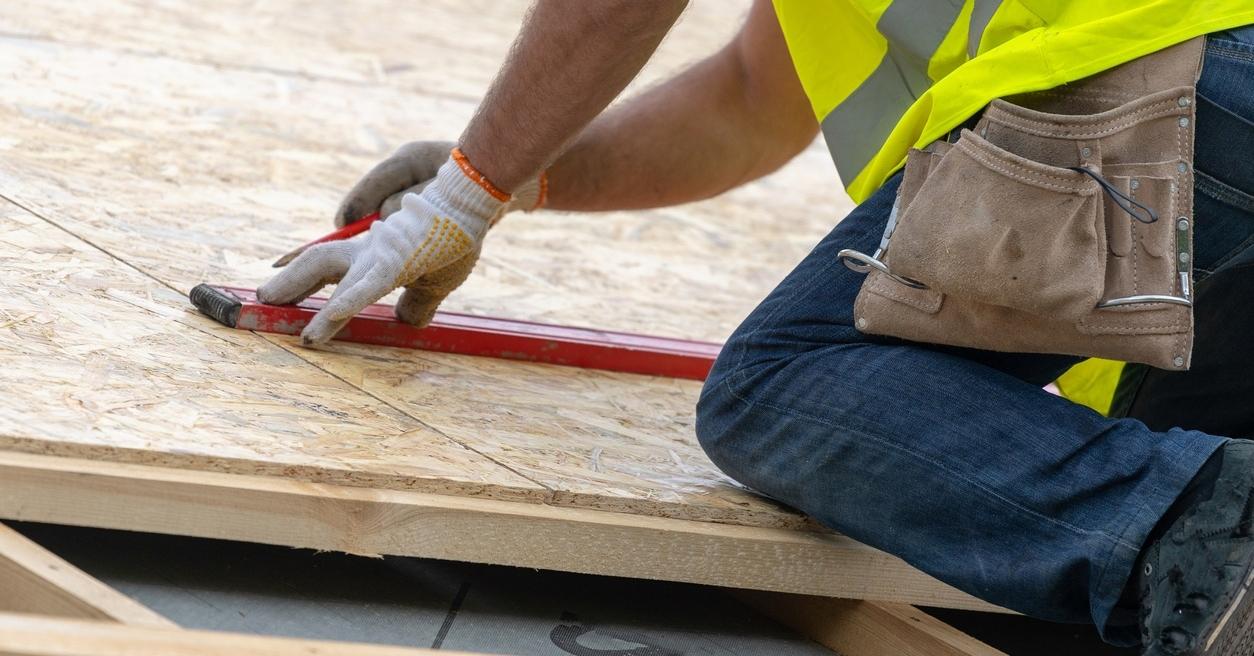Are you curious to know what is RTD plywood? You have come to the right place as I am going to tell you everything about RTD plywood in a very simple explanation. Without further discussion let’s begin to know what is RTD plywood?
In the world of construction and woodworking, plywood stands as a versatile and indispensable material. Among the various types of plywood available, RTD plywood has gained recognition for its exceptional strength, durability, and sustainability. In this blog, we will explore what RTD plywood is, its characteristics, production process, and the reasons why it’s a preferred choice for builders and craftsmen alike.
What Is RTD Plywood?
RTD plywood, short for “Radiata Pine Tempered Density” plywood, is a type of engineered wood product made from radiata pine wood, primarily sourced from sustainable plantations. It is renowned for its high density, making it a robust and reliable material for various construction and woodworking applications.
Characteristics Of RTD Plywood:
- Strength and Durability: RTD plywood is exceptionally strong and durable, making it suitable for structural applications such as roofing, flooring, and sheathing.
- Smooth Surface: It typically features a smooth and uniform surface, making it ideal for finishes like painting, laminating, or veneering.
- Sustainability: RTD plywood is often sourced from sustainably managed radiata pine forests, ensuring a renewable and eco-friendly supply of raw material.
- Weather Resistance: Due to its high density, RTD plywood exhibits good resistance to moisture and weathering when adequately sealed or finished.
- Minimal Warping: Properly manufactured RTD plywood is less prone to warping, bowing, or twisting compared to lower-quality plywood.
Production Process:
The production of RTD plywood involves several key steps:
- Log Selection: Logs from radiata pine trees are selected based on their quality and suitability for plywood production.
- Peeling: The selected logs are peeled into thin veneer sheets using a rotary peeling process. These veneer sheets serve as the raw material for the plywood.
- Drying: The veneer sheets are dried to reduce moisture content, enhancing their stability and strength.
- Assembly: The dried veneer sheets are assembled in layers, with each layer having its grain direction perpendicular to the adjacent ones. This cross-grain construction is a hallmark of quality plywood.
- Gluing: The veneer layers are bonded together using adhesive resins, ensuring a strong and stable panel.
- Pressing: The assembled veneer layers are subjected to high pressure and heat in a hydraulic press, creating a solid, dense plywood panel.
- Sanding: The plywood panel is sanded to achieve a smooth and even surface finish.
Why Choose RTD Plywood?
- Strength and Durability: RTD plywood’s high density and cross-grain construction provide exceptional strength and resistance to wear and tear.
- Versatility: It is suitable for a wide range of applications, including construction, cabinetry, furniture, and more.
- Sustainability: Many RTD plywood manufacturers prioritize sustainable sourcing of radiata pine, making it an eco-friendly choice.
- Quality Assurance: RTD plywood is known for its consistent quality, making it a reliable choice for builders and craftsmen.
- Cost-Effective: While RTD plywood offers high performance, it is often more affordable than some premium hardwood plywood options.
Conclusion:
RTD plywood, with its remarkable strength, durability, and sustainability, is a standout choice in the world of engineered wood products. Whether you’re constructing a building, crafting fine furniture, or working on a DIY project, RTD plywood offers the reliability and versatility you need to bring your vision to life while making an environmentally responsible choice. Its enduring qualities and performance make it a preferred material for professionals and enthusiasts alike in the construction and woodworking industries.
Gather More Information About such Things By Visiting Mesbrand.
FAQ
Is RTD Plywood Waterproof?
No plywood is truly waterproof. RTD plywood is more water resistant than conventional plywood, however.
What Does RTD Sheathing Stand For?
They actually stand for the phrase “Resistance Temperature Detector”. This detector is a key piece in the development of RTD plywood. It provides a reading of the temperatures during the bonding process of each layer on this sheet of plywood.
What Is Cdx Plywood Good For?
CDX Plywood is used primarily by contractors to build exterior walls and roofs. CDX plywood has one side veneer grade “C” and one side veneer grade “D”. The two are bonded together with glue which can withstand a little moisture.
What Is Another Name For Cdx Plywood?
CDX is veneer plywood, which is manufactured by gluing and pressing together sheets of wood. The letters C and D represent the grades of either side of the plywood, while X stands for exposure.
I Have Covered All The Following Queries And Topics In The Above Article
What Is RTD Plywood
What Is RTD Plywood Used For
What Is RTD Sheathing Plywood Used For
What Is RTD Sheathing Plywood
What Is RTD Plywood Vs Cdx
What Is Meant By “RTD” Plywood
What Is RTD Sheathing Syp Plywood
What Is RTD Sheathing Syp Plywood Used For
What Is RTD Gc Plywood
What Is RTD Mean For Plywood
What Is Osb RTD And Cdx And Plywood
What Is Major Use For RTD Plywood?
What Is Pt RTD Gc Sheathing Plywood
Plywood What Is RTD
What Is RTD Plywood?
What Is RTD Plywood Sheathing
What Is RTD Rating For Plywood
What Is RTD Plywood
What is RTD plywood?
